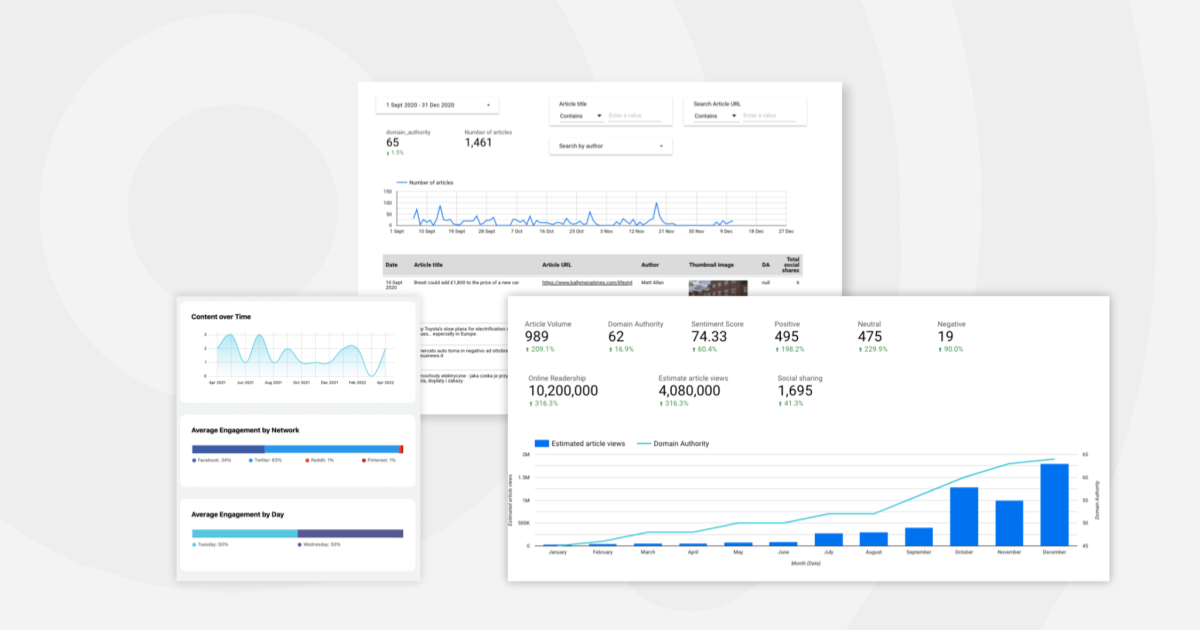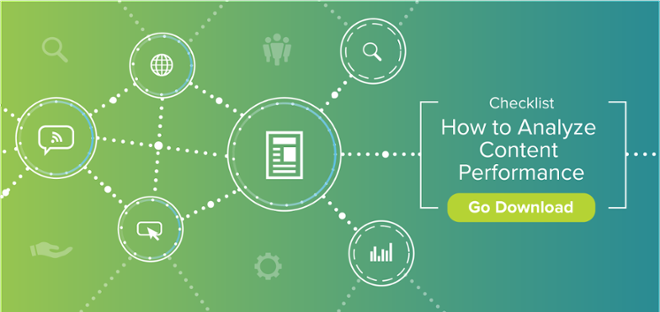4 Ways To Build Your Own Content Marketing Dashboard

Table of Contents
Make the proper content dashboard for the proper viewers
Just before you dive into creating your dashboard, imagine about who wants to know what.
Even though content material marketers will want to:
- Keep track of content overall performance consistently
- Get much more granular insight into blogs and categories
- Check campaign performance metrics (ie. backlinks, engagement)
A CMO will as a substitute need to have to:
- Consider content material overall performance trends
- Keep track of major-stage metrics (ie. Month to month Recurring Income)
- See pipeline CVRs
- See channel CVRs
Do not get me wrong. Content marketers really worth their salt will have oversight of the similar metrics that CMOs do.
But unlike them, they’ll want to know the finer particulars of articles general performance much too.
CMOs and Execs will be far more targeted on exactly where they will need to allocate resource and budget to improve profits.
So in small: distinctive audiences need diverse metrics, need to have different dashboards.
C-suite material internet marketing dashboard metrics:
- Overall periods
- Total leads (MQL, SQL)
- Pipeline conversion costs
- Channel conversion fees
- Trials / Demos
- # of shelling out customers
- # of spending shoppers by strategy / product
- Whole income, NRR, MRR
- ROI (time / revenue)
- And so forth.
Operational information internet marketing dashboard metrics:
- Pipeline conversion rates
- Skilled potential customers (MQL, SQL)
- Targeted traffic by source/channel
- Average session length
- Bounce rate
- Periods
- Articles to item CTRs
- Social media engagement (likes, remarks, impressions, shares and many others.)
- One way links
- Sentiment/written content reactions
- Content material type/size
- Evergreen scores
When setting up your content material advertising dashboard, decide on your OKRs properly.
Feel about your overarching objective, and pick only the most pertinent metrics to enable you reach that.
Building your dashboard all around your goals is the only way to stay clear of examination paralysis, and manage clarity of perception.








